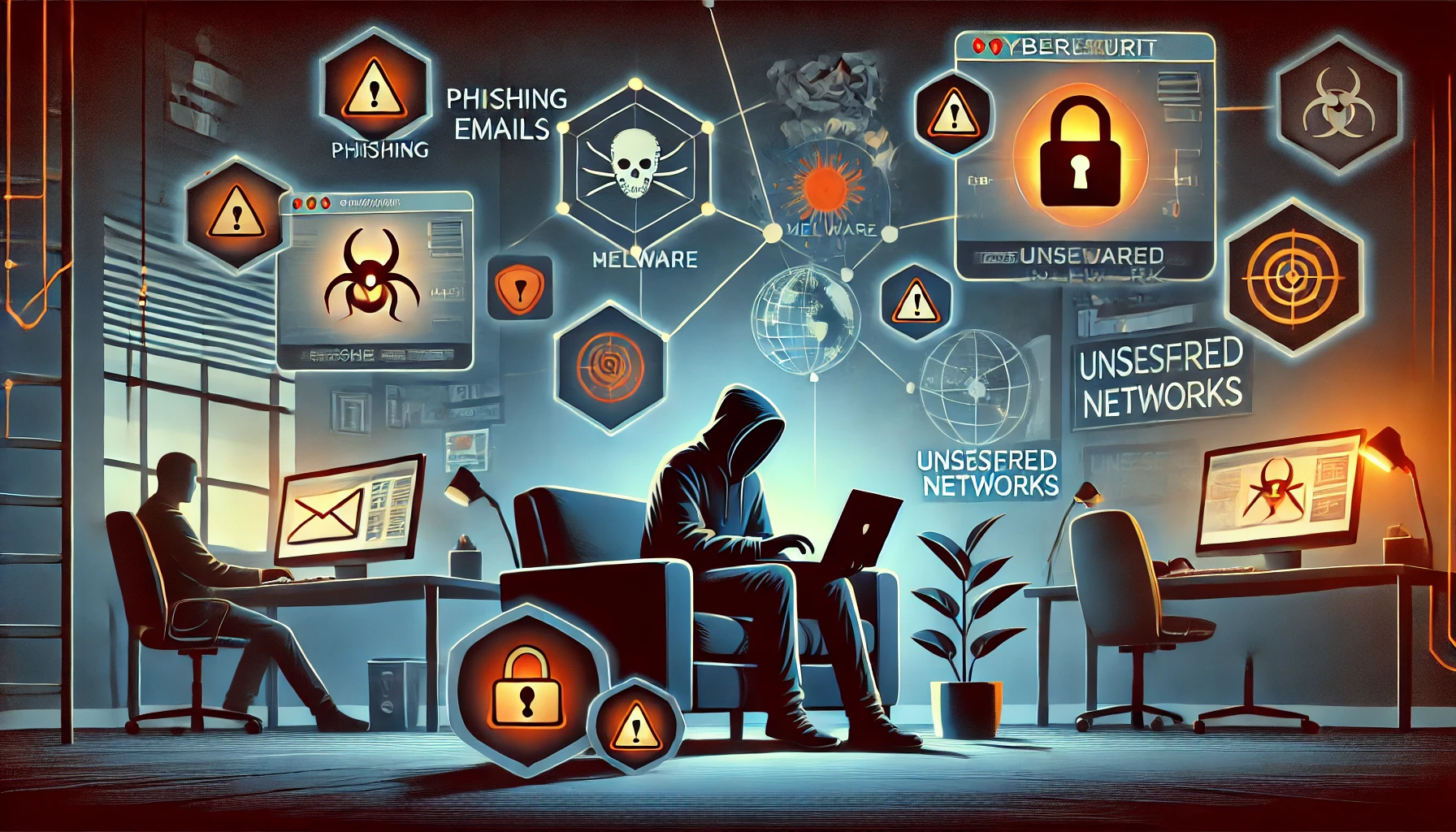The transition to remote work has created a number of cyber security challenges as employees increasingly rely on personal devices and home networks to access corporate systems. Here are some of the main issues:
Increased attack surface.
As people operate from different places, the network’s attack surface grows. Home networks frequently lack enterprise-level security, making them prime targets for hackers. This raises the risk of phishing attacks, ransomware, and data breaches.
Weak endpoint security.
Personal devices used for business may lack adequate security features such as firewalls, antivirus software, and encryption. As a result, fraudsters can use these vulnerable endpoints to get access to important corporate information.
Unsecured Wi-Fi networks.
Many remote employees use unprotected or inadequately secured Wi-Fi networks. Without encryption or strong passwords, attackers can simply infiltrate these networks, allowing them to steal data or gain remote access to equipment.
A lack of cyber security awareness.
Employees working remotely may be less aware of security protocols, particularly in an informal home situation. This can lead to human blunders, such as falling for phishing schemes or failing to adhere to data security best practices.
Solutions for These Challenges
Implementing Multi-Factor Authentication (MFA): The requirement for various forms of identification ensures that even if login credentials are compromised, unauthorised access is prevented.
VPN Use: Virtual private networks (VPNs) establish safe connections by encrypting data sent between remote devices and corporate servers.
Employee Training: Providing regular cyber security training to staff can greatly reduce human errors. Training programs should emphasise phishing recognition, strong password policies, and secure communication channels.
To summarise, while remote work provides flexibility and productivity gains, it also introduces cyber security threats that organisations must manage. Businesses may address the particular challenges of remote work environments by enhancing endpoint security, providing employees with the tools and training they need to stay secure, and implementing proactive security measures.

Leave a Reply